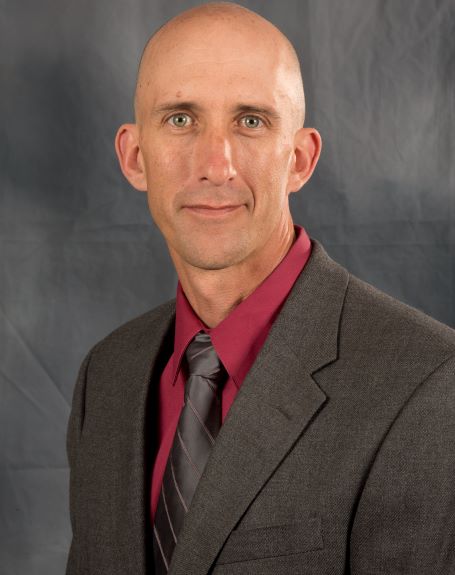Rodman Linn
Seminar Information

Wildfires can pose threats to life, property and critical infrastructure, but wildland fire is an unavoidable part of many ecosystems. Improving our ability to cope with wildfires and avoiding catastrophic fire scenarios requires better understand how they interact with their surrounding environment. Unfortunately, wildland fire behavior is a result of the interactions between numerous interacting processes, which are sensitive to the dynamics and heterogeneities of their environmental conditions. For example, recent fire behavior research illustrates the importance of the two-way feedbacks between fires and the surrounding atmosphere, which is influenced by the vegetation structure and nearby topography as well as ambient winds and fire geometry. As vegetation structure changes due to for example climate change, fire exclusion, or even land management, the changes in air movement through a vegetation and around a fire determine the balances between heat transfer modes and thus the influences of fuel moisture and exothermic combustion reactions on fire spread. The sensitivity of the interplay between the various wildland fire process to the environmental conditions results in feedbacks and thresholds that we must understand in order to be able to robustly predict fire behavior. Achieving adequate characterization of these feedbacks is made more challenging by a combination of fire exclusion and climate change, which is causing the fire environments to evolve – making it more difficult to predict fire behavior of the future based on fire behavior of the past. Both land management and wildland fire science communities are becoming increasingly interested in a more proactive solution to wildland fire challenges, including fuels treatments and prescribed fires. Safe use of prescribed fires to reduce wildfire risk while accomplishing ecologic objectives typically depends heavily on the purposefully designed ignition strategies. The design of ignition patterns and ignition rates depends on practitioner’s ability to anticipate the interaction between multiple fires. This interaction is tied to the competition between their fire-induced updrafts and associated entrainment. Even the influences of topography on fire behavior is dominated by terrain-induced changes in fire-induced circulation patterns that control the patterns of heat transfer to unburned fuel. Recent advancements in computing power have created new opportunity for the complimentary use of numerical models to provide additional perspectives concerning fire/atmosphere feedbacks that have previously been challenging to explore.
Dr. Rodman Linn is a senior scientist a in the Earth and Environmental Sciences Division at Los Alamos National Laboratory (LANL) and the Associate Director for Fire Science for the WIFIRE lab at UC San Diego. Dr. Linn leads LANL efforts to use next-generation process-based wildfire models for the study of fundamental wildfire behavior, evaluation of prescribed fire tactics, understanding influences of complex environmental conditions on fire behavior, and wildfire’s interaction with other landscape disturbances such as insects or drought. For over two decades, he has served as principal investigator for a process-based coupled fire/atmosphere model, FIRETEC. Dr. Linn is the co-lead developer of the fast-running coupled fire-atmosphere model QUIC-Fire.
